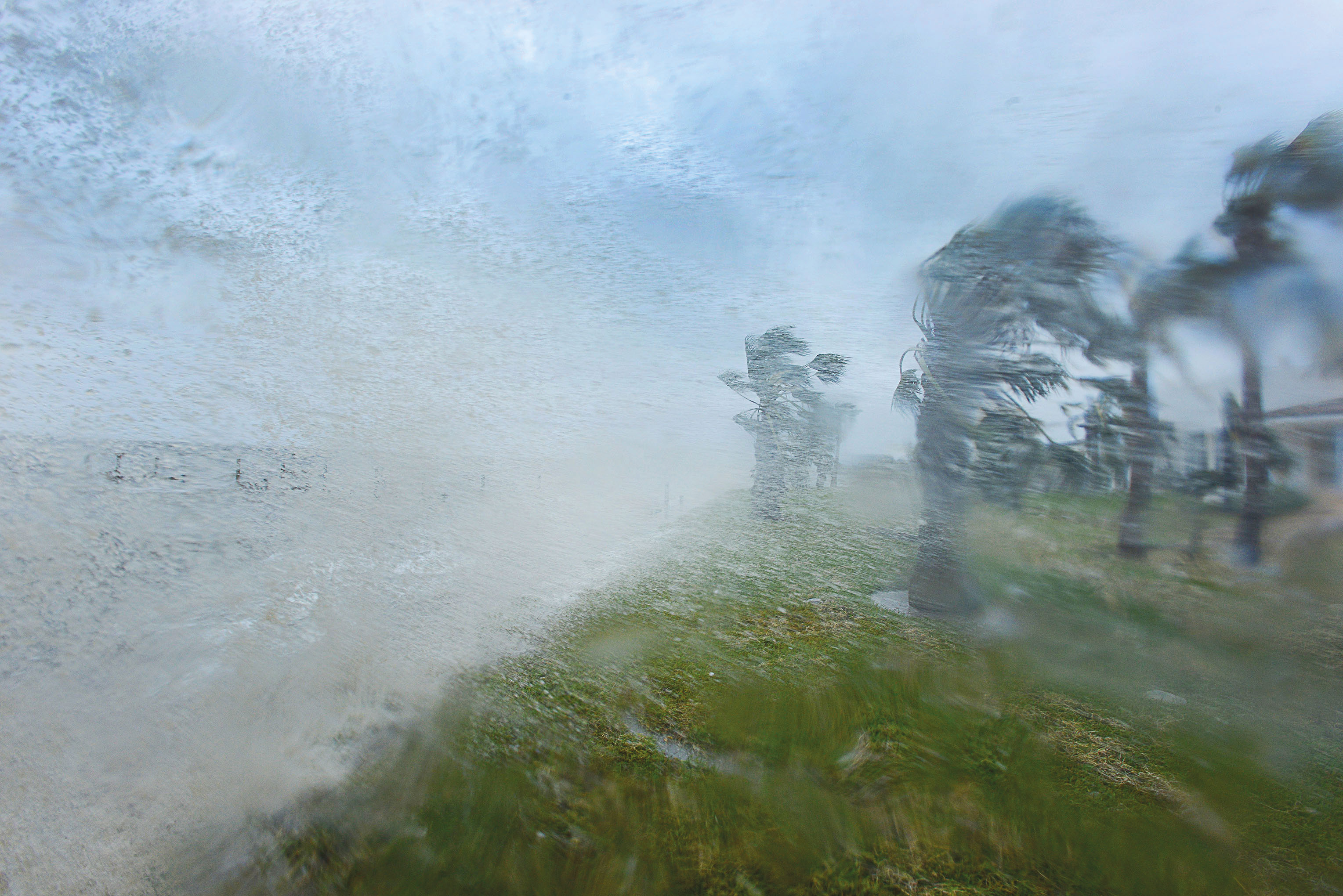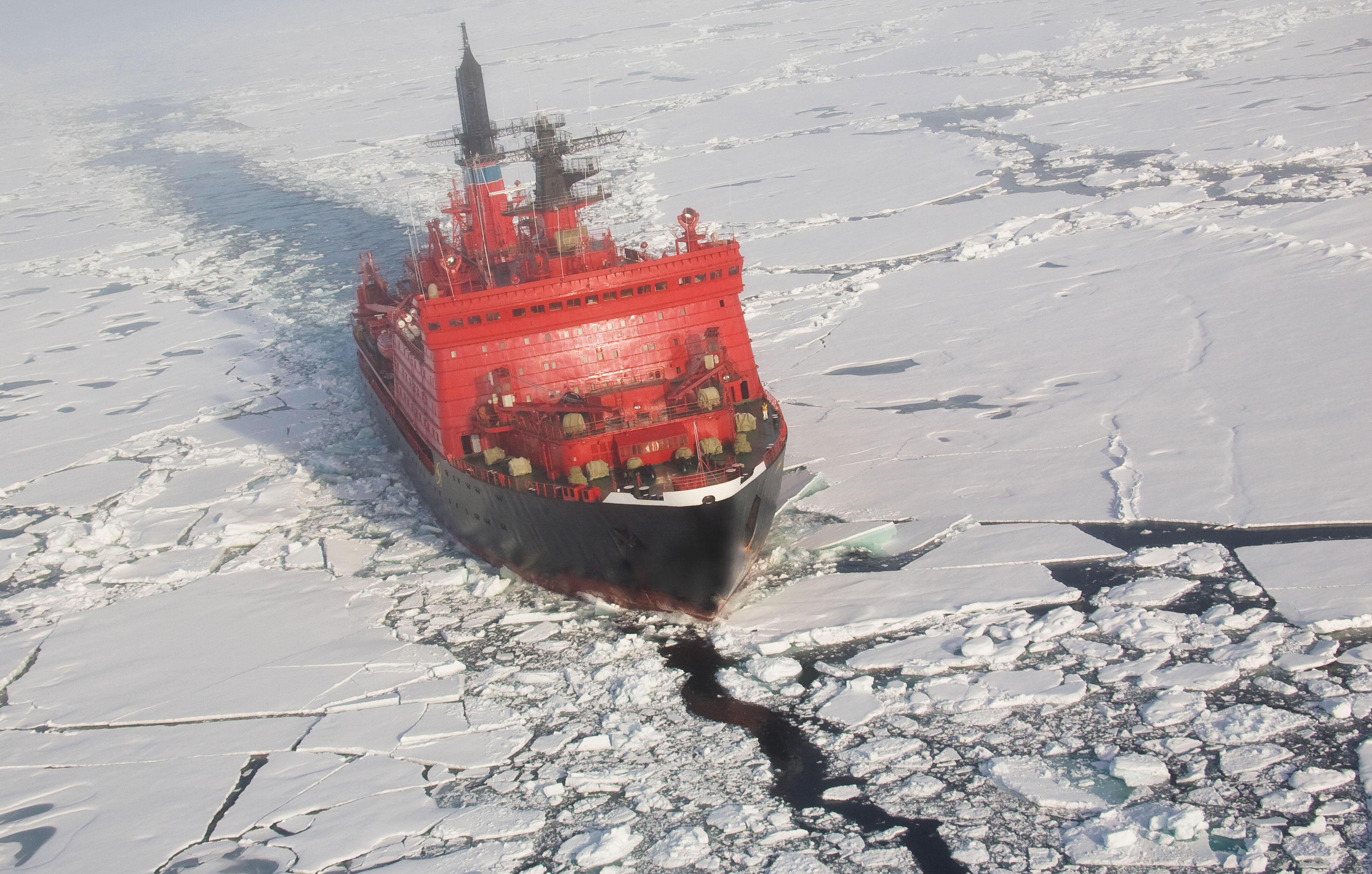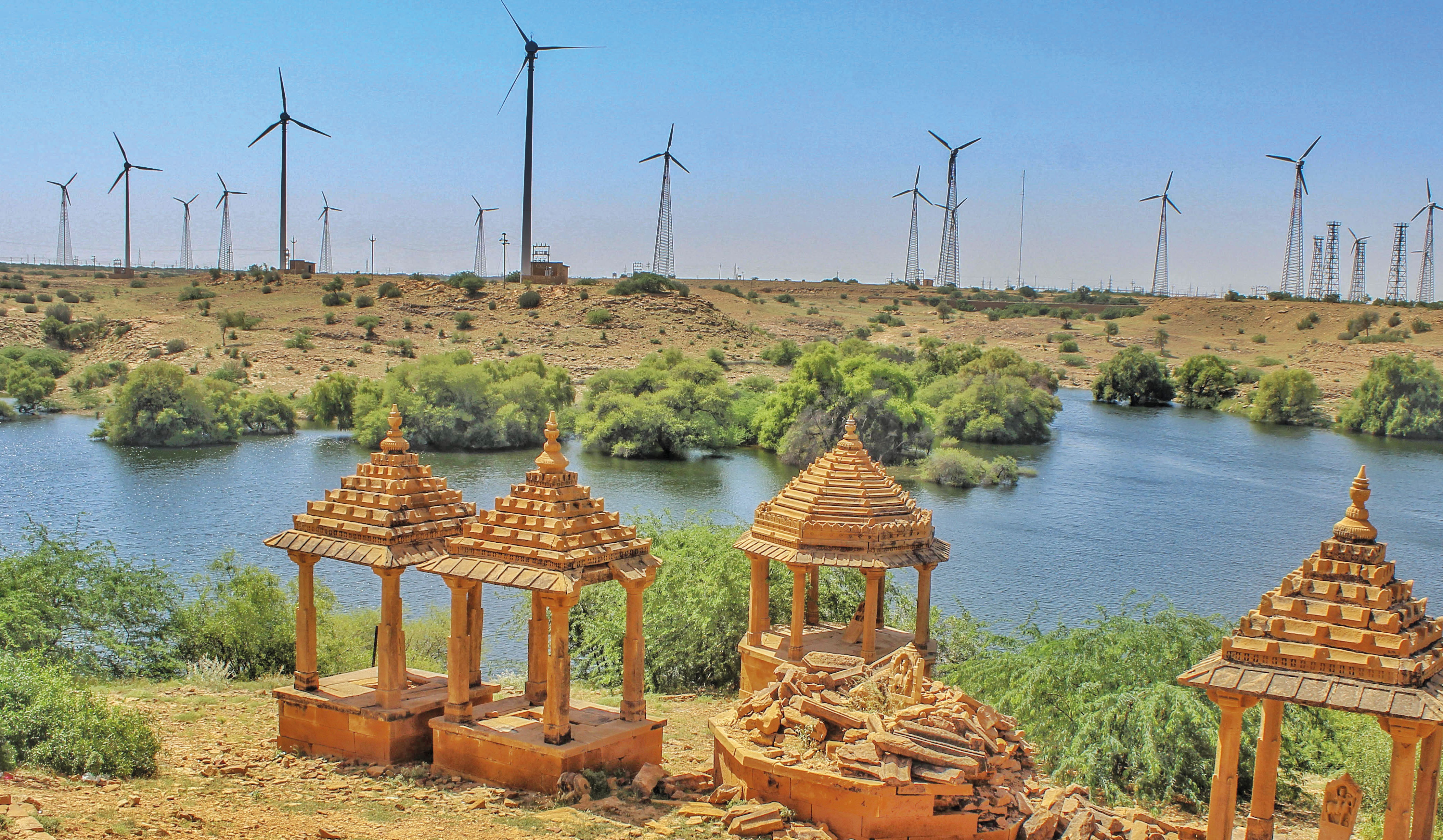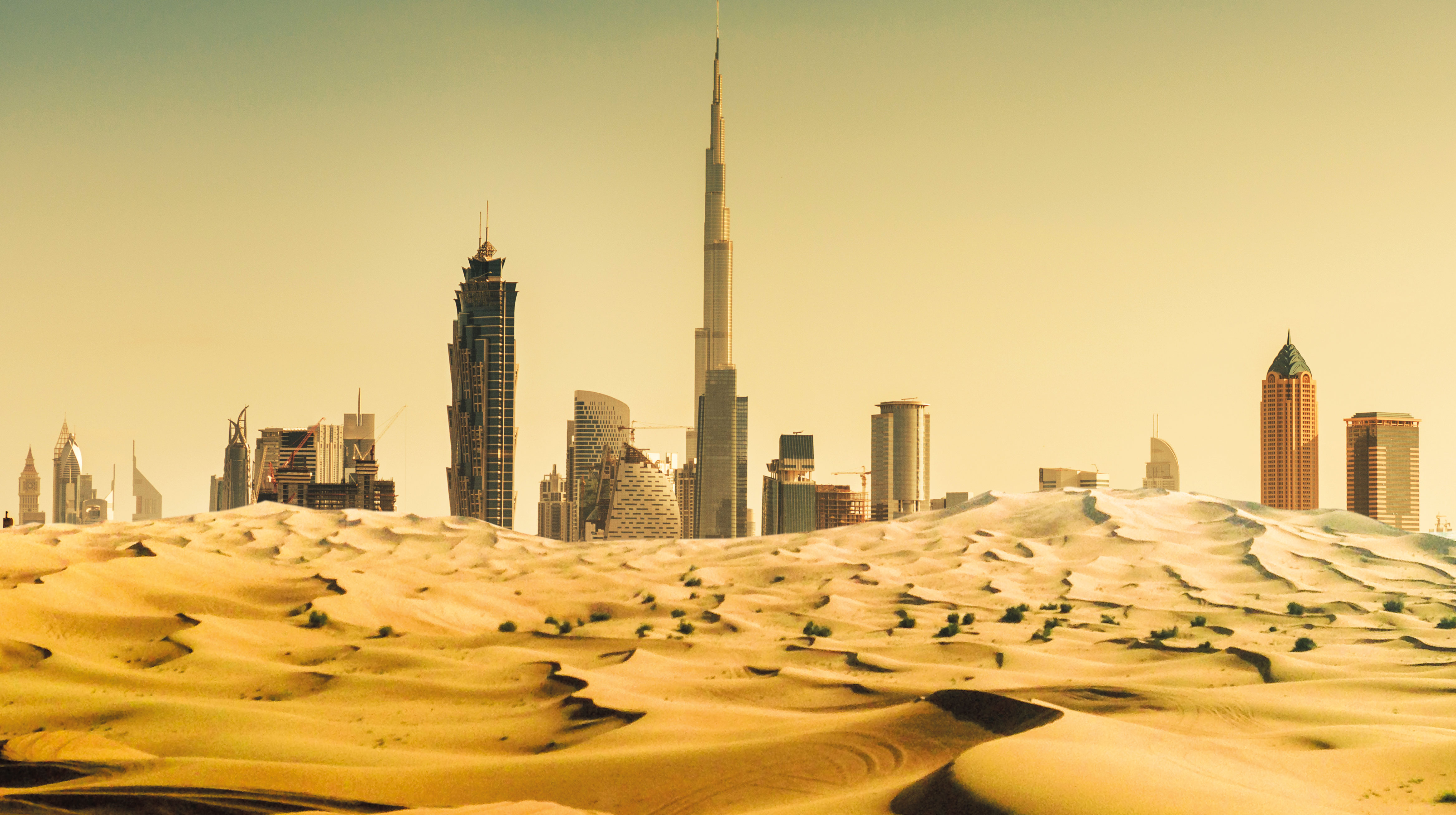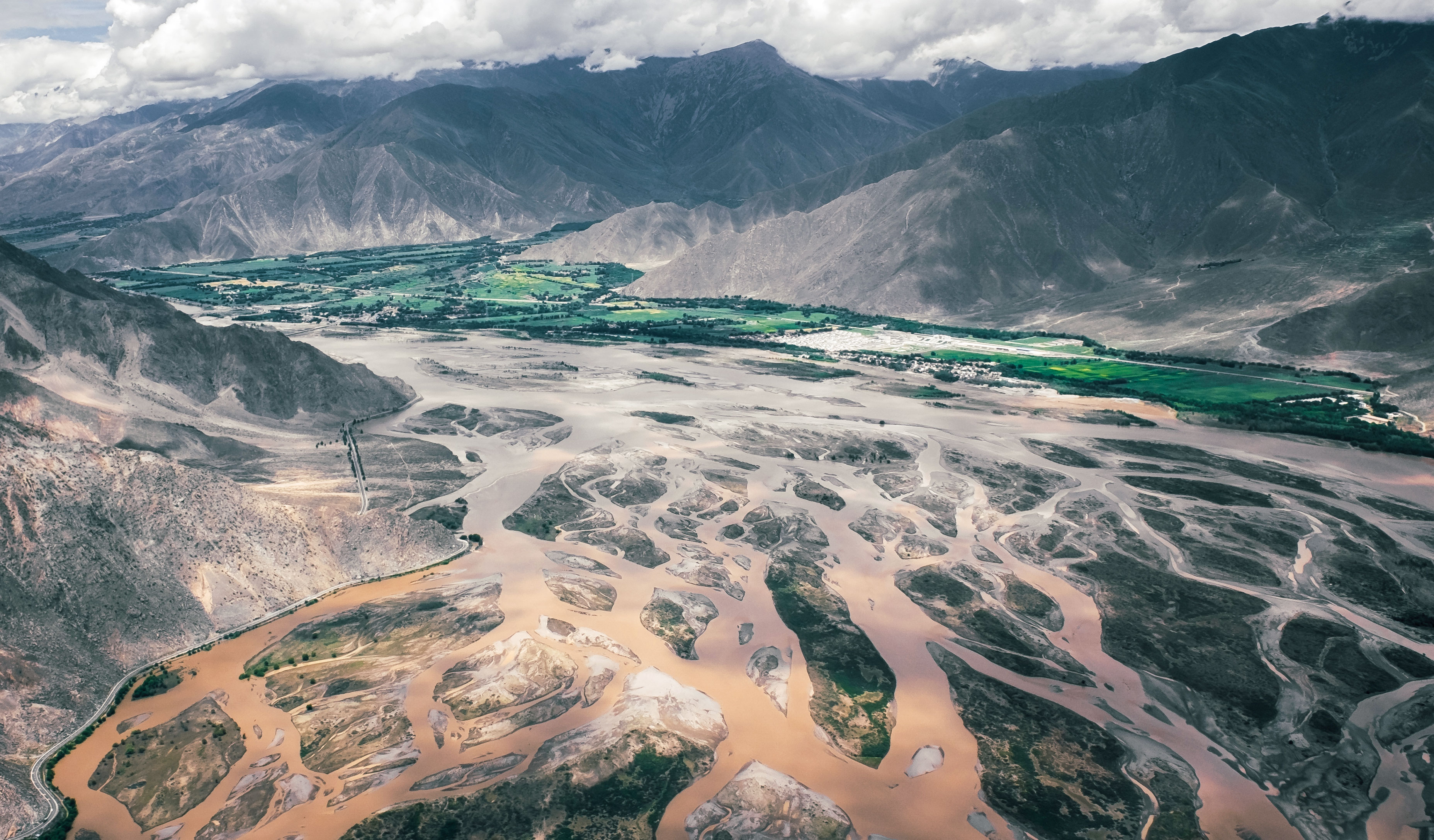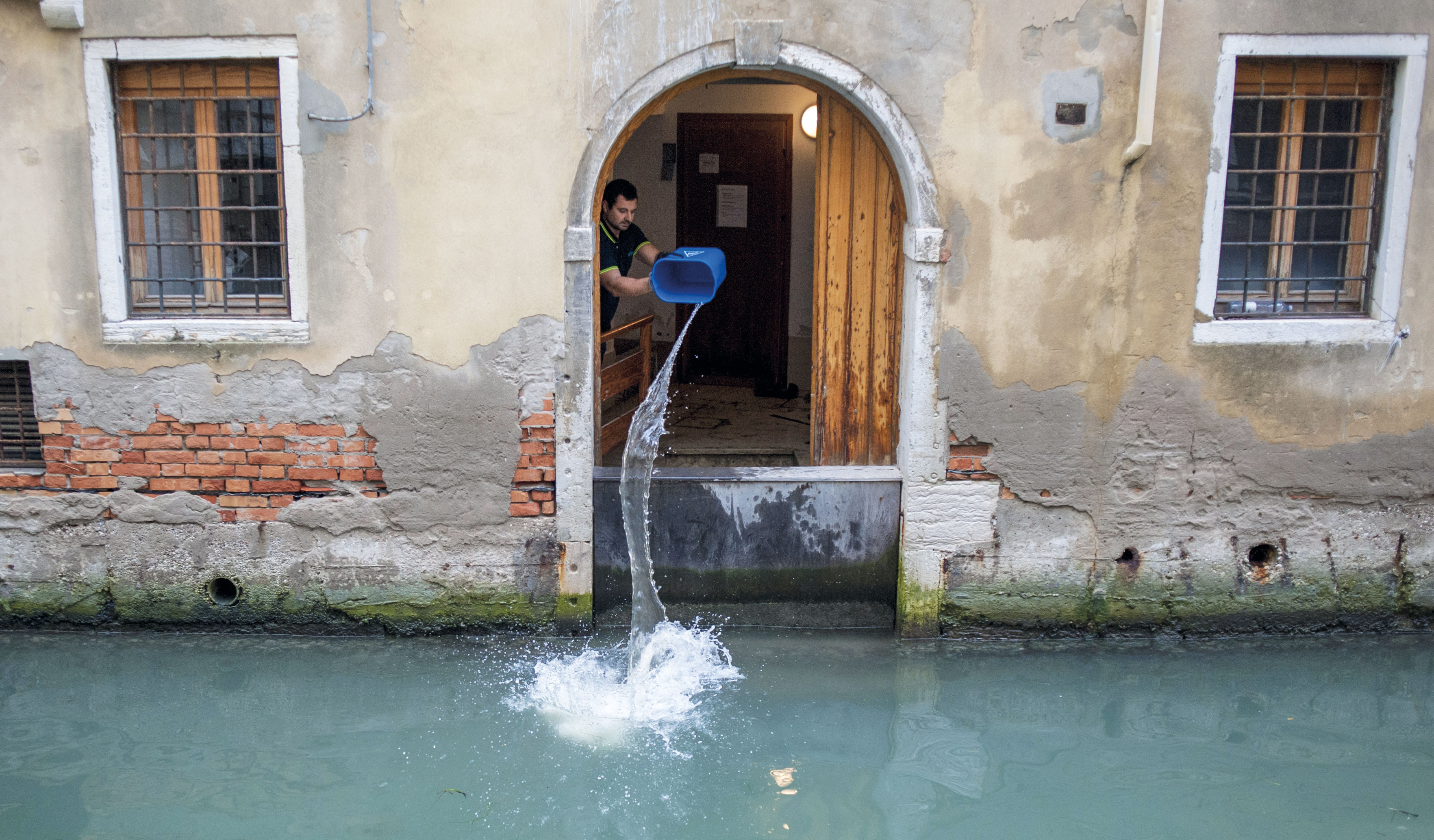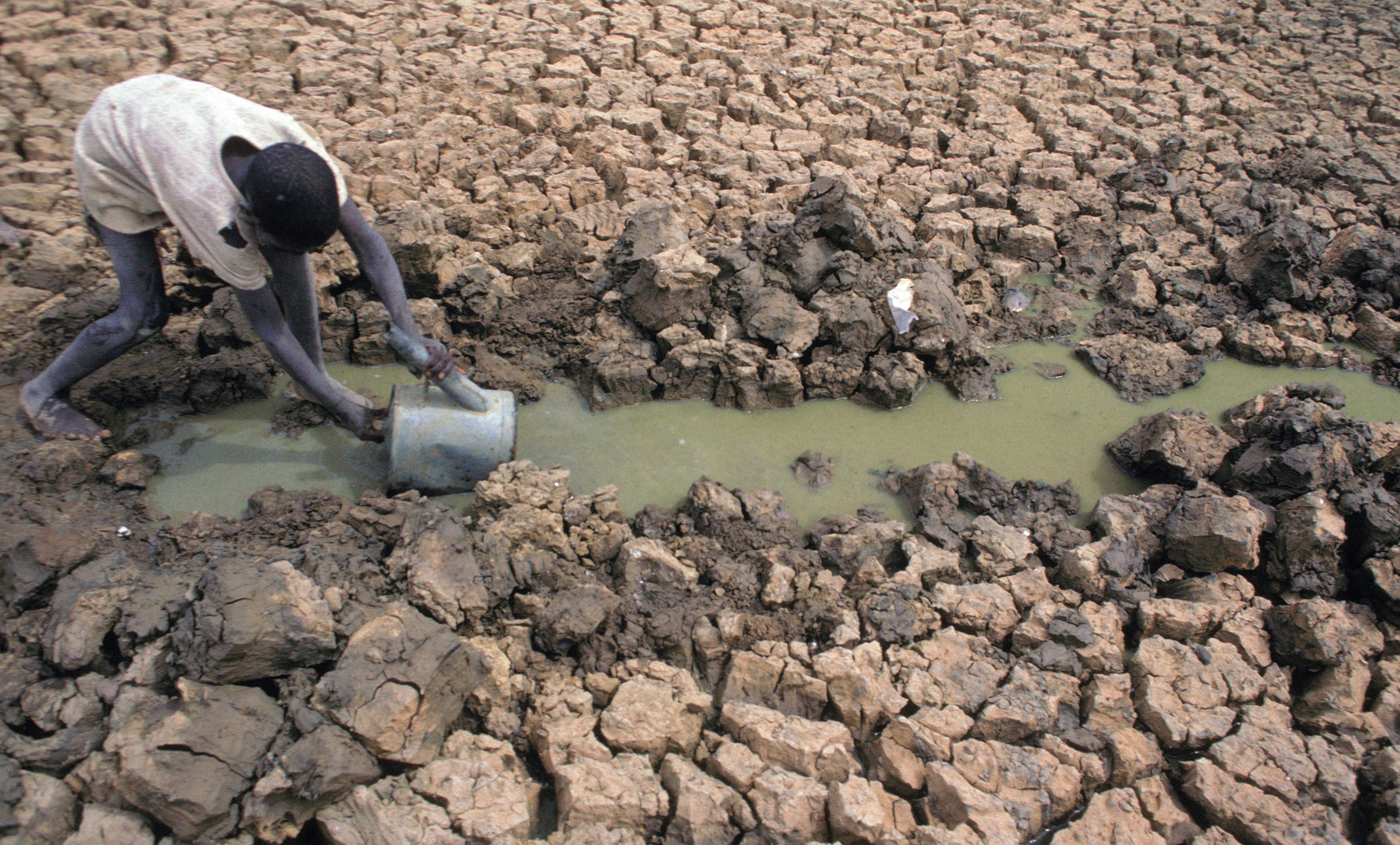Climate change is redrawing the map, not just of the physical world, but the political and economic.
Every square inch of the globe faces jeopardy, but look at key risks to particular areas and their likely outcomes can give a glimpse into the extent of the threat. As the tundra melts, Russia stands to become the most fertile country on the planet, even as Southern Europe is set to lose arable land due to extreme heat. The rising frequency of extreme storms, fueled by warmer oceans and accompanied by dangerous sea-level rise, could make homes on the US East Coast uninsurable. The unpredictable weather patterns of Africa’s Lake Chad are putting the 30 million people who depend on its water at risk.
Mass migrations from any of these outcomes are likely to strain the resources of neighboring communities and nations. Meanwhile the transition to renewable energy sources will shift the balance of global energy trade. And all of it together means a very different geopolitical world is on the horizon.
Let’s take stock of the risks by region.

